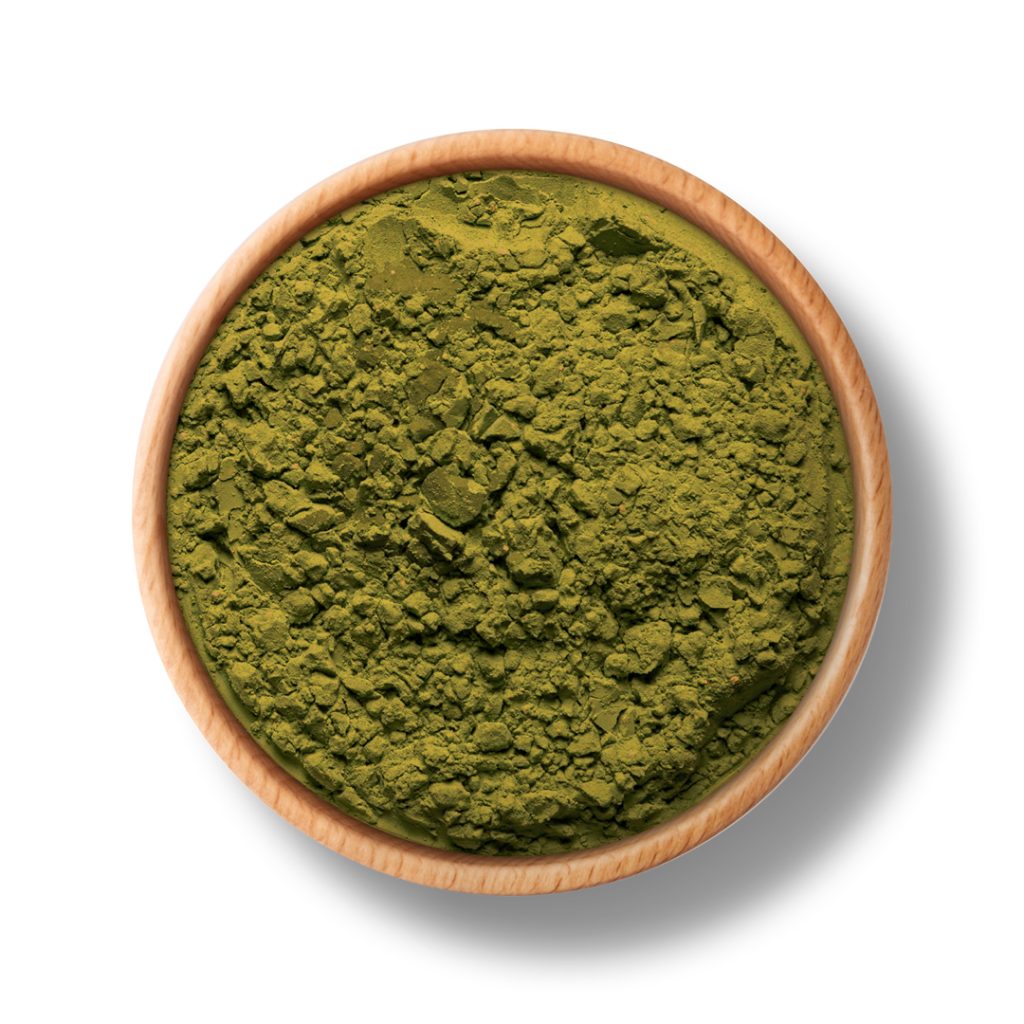Kratom, a plant derived from Southeast Asia, is known for its psychoactive effects, with its primary alkaloids mitragynine and 7-hydroxymitragynine acting on opioid receptors in the brain. As with many substances, the half-life of kratom plays a significant role in its pharmacokinetics, including its impact on tolerance and withdrawal symptoms. The half-life of a substance refers to the time it takes for the body to eliminate half of it from the system. For kratom, studies suggest that its half-life ranges from approximately 3 to 9 hours, though this can vary based on factors like dosage, metabolism, and individual physiology. This relatively moderate half-life means that the effects of kratom can last for several hours, but its metabolites, primarily mitragynine, remain in the body for a longer period. This extended presence can influence how quickly tolerance develops and how withdrawal symptoms manifest when the drug is discontinued. As with many substances that affect the central nervous system, regular use of kratom can lead to the development of tolerance.

Tolerance occurs when the body becomes accustomed to the substance, requiring increasingly higher doses to achieve the same effects. Due to kratom halflife, it stays in the system long enough that the receptors involved in its action mainly opioid receptors are repeatedly activated. This continuous stimulation can result in the desensitization of these receptors over time, meaning higher doses may be needed to experience the same pain-relieving or euphoric effects. The gradual accumulation of tolerance can also influence the pattern of use. As individuals require more kratom to feel the same effects, they may increase their doses, leading to higher risk for dependency and overdose. Additionally, the longer kratom stays in the body, the more potential there is for the body to adjust its response, requiring even more time for tolerance to subside once the substance is discontinued. Kratom withdrawal symptoms are often compared to those of opioid withdrawal, as its active compounds interact with the same receptors.
However, the severity of kratom withdrawal can vary significantly between individuals, influenced by the dosage, frequency of use, and the user’s unique biological makeup. Due to the relatively long half-life of kratom, withdrawal symptoms may not be immediately noticeable after cessation, as the remaining metabolites in the body can continue to exert mild effects. Typical withdrawal symptoms include irritability, anxiety, muscle aches, insomnia, and cravings. Since kratom’s metabolites linger in the body, the onset of withdrawal may be delayed compared to substances with shorter half-lives, such as alcohol or benzodiazepines. The persistence of kratom’s active components can lead to a protracted withdrawal phase, which could last several days or even weeks, depending on the level of dependence and use. Kratom’s half-life plays a crucial role in both its effects on tolerance and the intensity of withdrawal symptoms. The relatively moderate half-life allows the substance to remain in the body long enough to increase the risk of tolerance, requiring higher doses to achieve the same effects.